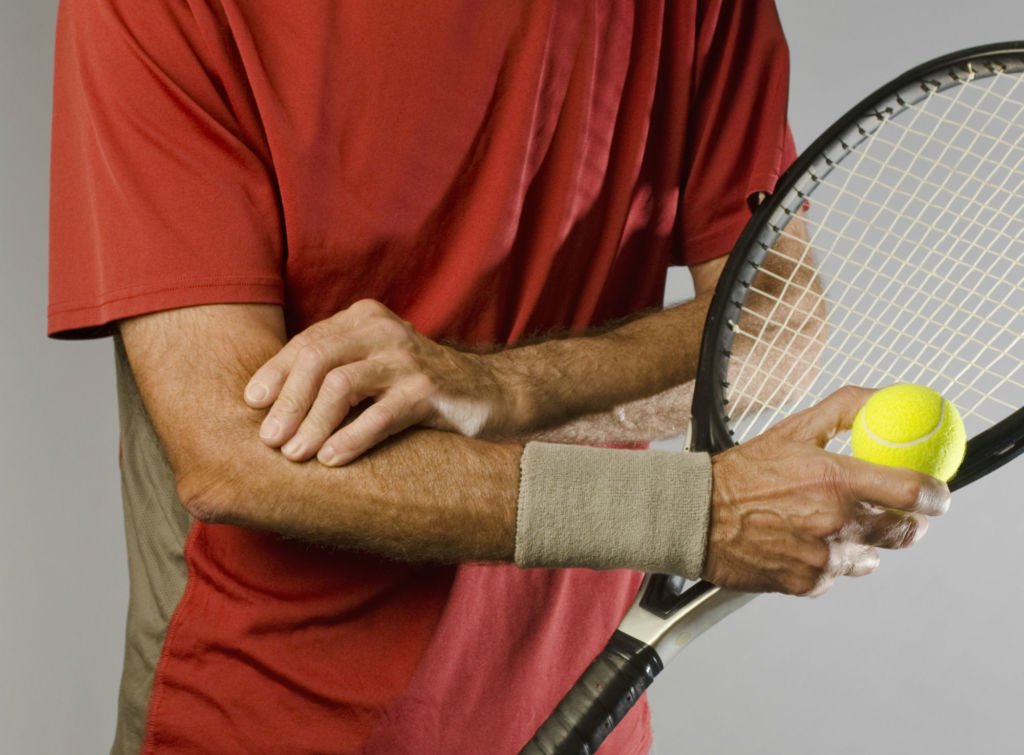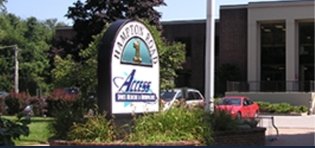Platelet-Rich Plasma Therapy (PRP)
Platelet-rich plasma therapy (PRP) is a revolutionary, non-operative treatment that supports healing by using a patient’s own blood.
Blood is mainly a liquid (called plasma) and contains small, solid components including red cells, white cells and platelets. Platelets are most known for their importance in clotting blood, but they also contain hundreds of proteins called growth factors.

These growth factors are important for stimulating healing and encourage other cells in the body to migrate toward the injured area. PRP therapy is most often used to support healing from orthopaedic injuries such as:
- Tendinitis
- Partial tendon tears
- Ligament injuries
- Osteoarthritis
How Does Platelet-Rich Plasma Therapy Work?
Platelet-rich plasma therapy (PRP) refers to a concentration of platelets created from a patient’s blood sample. There are three main steps in this procedure:
Step One:
The procedure begins with the collection of 30-60 milliliters of the patient’s own blood, usually drawn from the arm.
Step Two:
The blood sample is then placed in a centrifuge to separate the platelet-rich plasma from the other components.
Step Three:
The concentrated platelets are then injected into the patient’s site of the injury, often using ultrasound guidance for accuracy.
The growth factors in plasma stimulate tissue recovery by:
- Enhancing collagen production
- Increasing tendon stem cell production
- Activating tendon cells to produce collagen
- Stimulating blood flow
- Making cartilage more firm and resilient
PRP therapy ultimately helps repair injured tendons, ligaments, cartilage and muscles. The procedure may be temporarily painful due to the injections, but side effects are usually uncommon since the contents of the injection are from the patient’s own blood.
